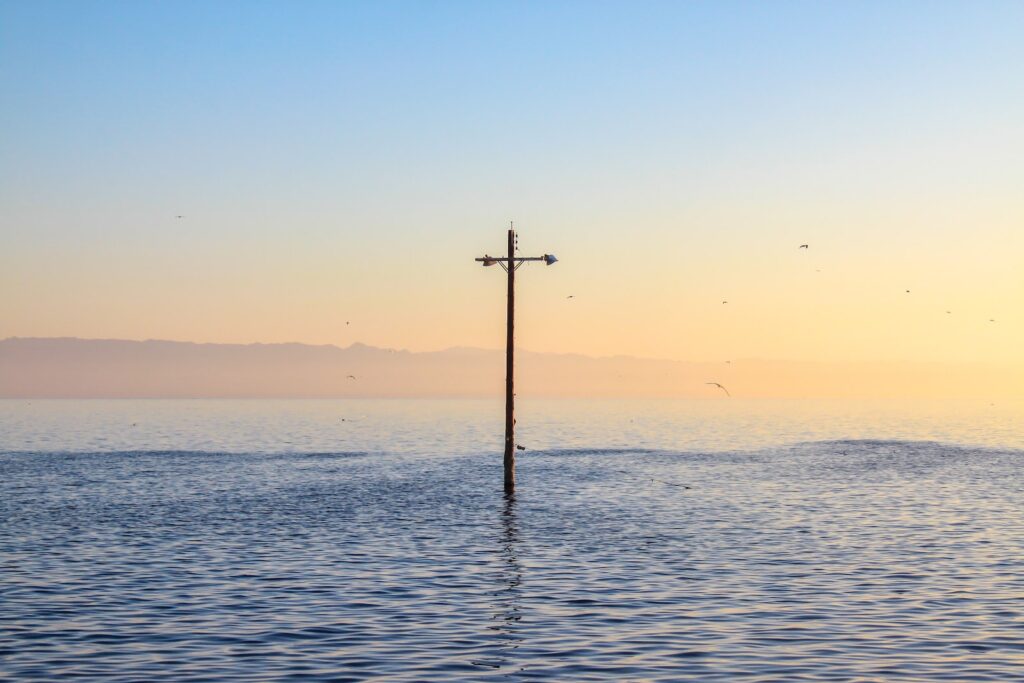Likelihood of California megaflood displacing millions ‘already increased substantially’
Climate change is raising the chance of a major precipitation event in the U.S. state, which would cause $1trillion in damage and close vital transportation corridors.
A new study has outlined the rapidly increasing likelihood of a megaflood devastating California in the next four decades, which could destroy the homes and livelihoods of millions.
Published in the journal Science Advances, the cause of the rising risk is climate change, which has the potential to expedite the chances of a major storm hitting the region. This is despite the state being best-known for drought conditions, such as those seen in 2012 and 2021.
Previous examples of major Californian flooding events can be found in 1969, 1986 and 1997, all of which suggest the ‘latent potential’ of future incidents. However, the benchmark for devastation was set in the Great Flood of 1861-1862, which the study says was ‘characterised by weekslong sequences of winter storms’ that ‘produced widespread catastrophic flooding across virtually all of California’s lowlands – transforming the interior Sacramento and San Joaquin valleys into a temporary but vast inland sea nearly 300 miles in length’.
The impacts of that event led to the development of ARkStorm, a 2010 statewide disaster scenario focused on California run by the U.S. Geological Survey. An equivalent flood now would likely lead to the displacement of millions, causing $1trillion in damage and the long-term closure of vital transport corridors.
‘Our analysis suggests that the present-day (circa 2022) likelihood of historically rare to unprecedented 30-day precipitation accumulations has already increased substantially and that even modest additional increments of global warming will bring about even larger increases in likelihood,’ the study said.
Although bleak, there are several steps California can take to mitigate the harm caused by a megaflood. These include floodplain restoration, levee setbacks, and the creation of robust emergency evacuation and contingency plans taking into account the chance that impact could be far beyond anything witnessed in the last century.
In March, a study of North American streams found those that are effected by human activity have the greatest chance of flooding.
Image credit: Giovanni Arechavaleta
















